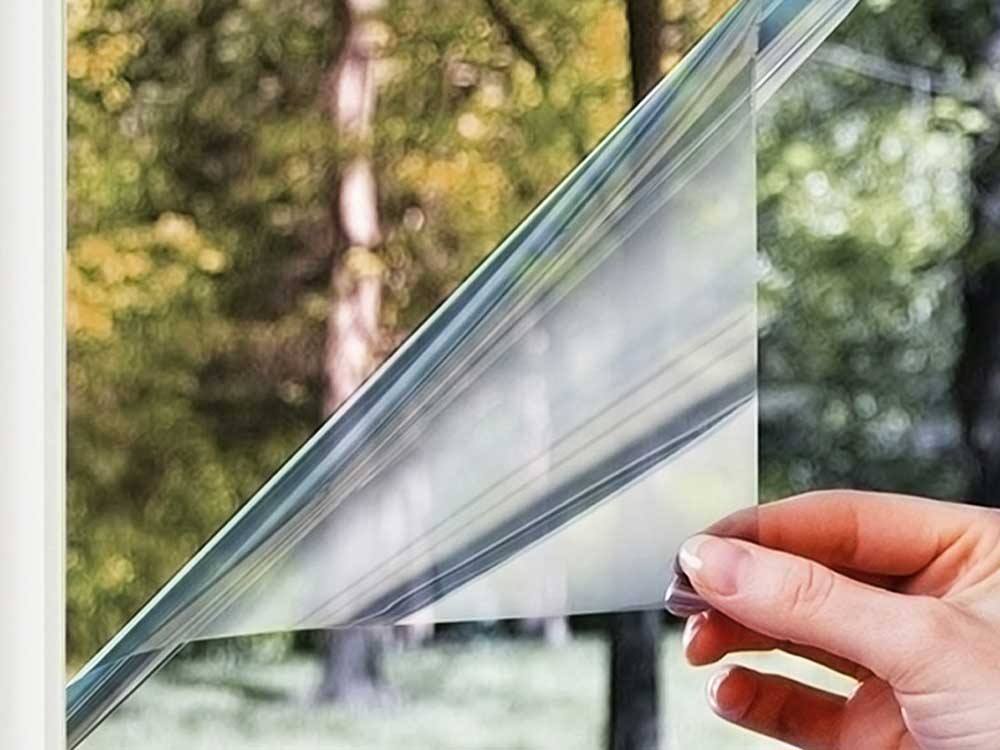
Commercial tinting serves as an essential strategy for optimizing energy efficiency in commercial buildings by significantly reducing the thermal load on HVAC systems through advanced infrared rejection properties. This reduction in heat gain translates to lower utility costs and enhanced operational savings. The integration of tinted films not only mitigates glare but also provides robust protection against UV rays, thereby preserving interior furnishings and improving visual comfort. Selecting the appropriate tint, tailored to specific needs such as solar control or safety, can profoundly influence a building’s energy profile. Consulting with professional installers ensures compliance and maximizes the efficacy of the tinting solution.
Benefits of Commercial Tinting
When considering the multitude of advantages offered by commercial tinting, one must recognize its significant impact on energy efficiency within commercial buildings. By employing advanced solar control films, commercial tinting substantially reduces the thermal load on HVAC systems. Infrared rejection properties of the tint impede heat gain, thereby optimizing internal temperature regulation.
This reduction in heat ingress directly translates to decreased reliance on air conditioning, consequently lowering operational energy expenditures.
Furthermore, commercial tinting mitigates glare, enhancing visual comfort and reducing eye strain, pivotal for maintaining workplace productivity. The ultraviolet (UV) protection afforded by these films extends the longevity of interior furnishings, shielding them from photodegradation.
This preservation of material integrity not only minimizes maintenance costs but also sustains aesthetic standards over prolonged periods.
Additionally, the insulating properties of commercial tinting contribute to thermal retention during colder months, ensuring a balanced indoor climate year-round. Comprehensive energy audits frequently highlight the notable Return on Investment (ROI) associated with commercial tinting, reinforcing its viability as a cost-effective energy conservation measure.
Therefore, integrating tinting solutions within commercial infrastructure underscores a commitment to sustainable practices, aligning with contemporary energy efficiency standards and fostering a sense of collective responsibility within the professional community.
Choosing the Right Tint
Selecting the appropriate tint for commercial applications necessitates a comprehensive understanding of various film types, their specifications, and their intended functions. The primary categories include solar control films, safety/security films, and decorative films.
Solar control films are designed to reduce heat gain by reflecting and absorbing solar energy, thereby improving HVAC efficiency and mitigating glare.
Safety/security films, on the other hand, offer enhanced protection by holding shattered glass together, which is crucial for high-traffic areas or locations prone to harsh weather conditions.
Decorative films present aesthetic benefits while often incorporating elements of privacy and branding.
When evaluating tint options, consider Visible Light Transmission (VLT), Solar Heat Gain Coefficient (SHGC), and Ultraviolet Rejection (UVR). VLT indicates the percentage of visible light passing through the film, with lower values reducing glare and higher values maintaining natural illumination.
SHGC measures the fraction of solar radiation admitted through the glass, where lower SHGC values contribute to greater energy savings. UVR, critical for protecting interiors and occupants, quantifies the film’s ability to block harmful ultraviolet rays.
Engaging a professional installer ensures the chosen film meets industry standards and local regulations, thereby optimizing both functionality and compliance for a cohesive, energy-efficient environment.
In conclusion, commercial tinting significantly enhances energy efficiency by reducing HVAC thermal loads and impeding heat gain through advanced infrared rejection. Studies indicate that tinted windows can lower energy expenditures by up to 30%, demonstrating substantial cost savings. Additionally, commercial tinting mitigates glare and provides UV protection, thereby improving visual comfort and extending the lifespan of interior furnishings. Consulting professional installers ensures compliance and optimal functionality, making commercial tinting a strategic investment for energy-efficient building management.